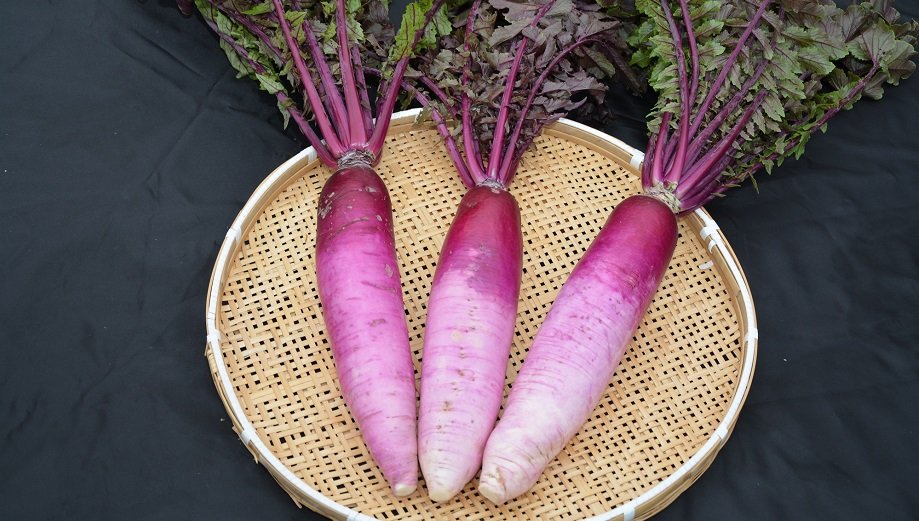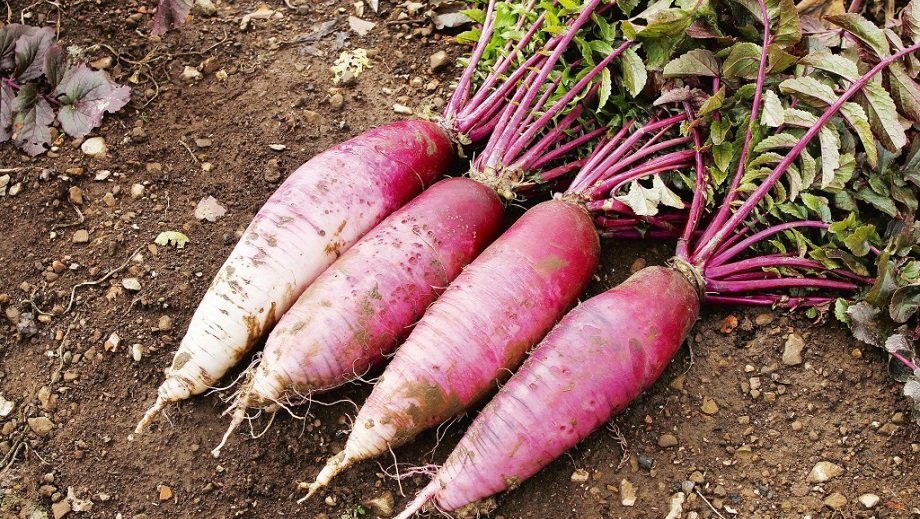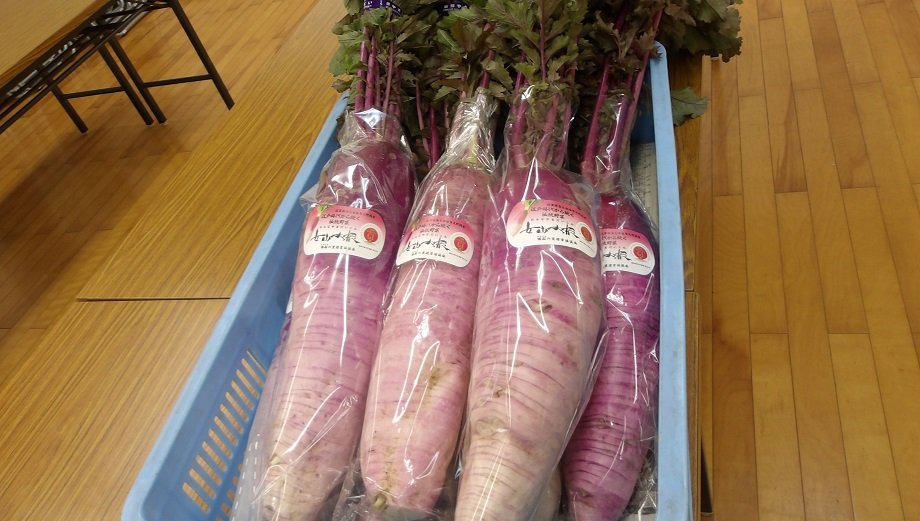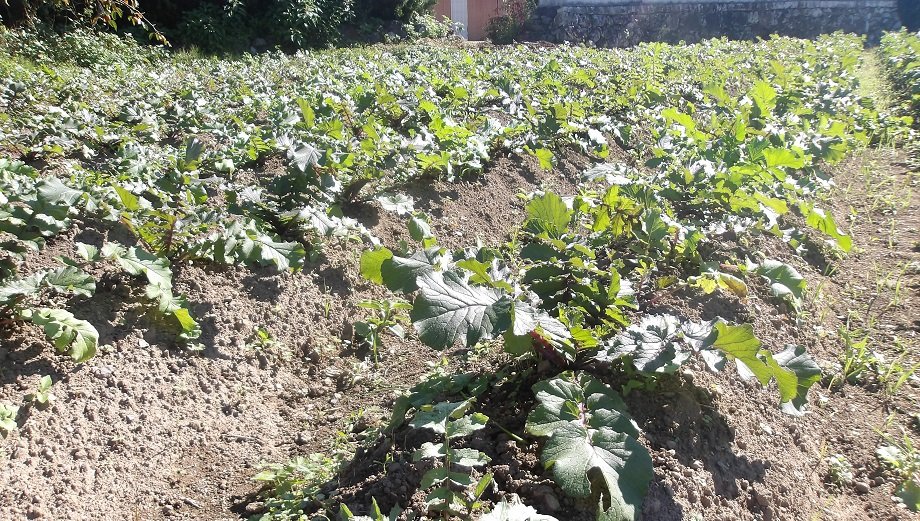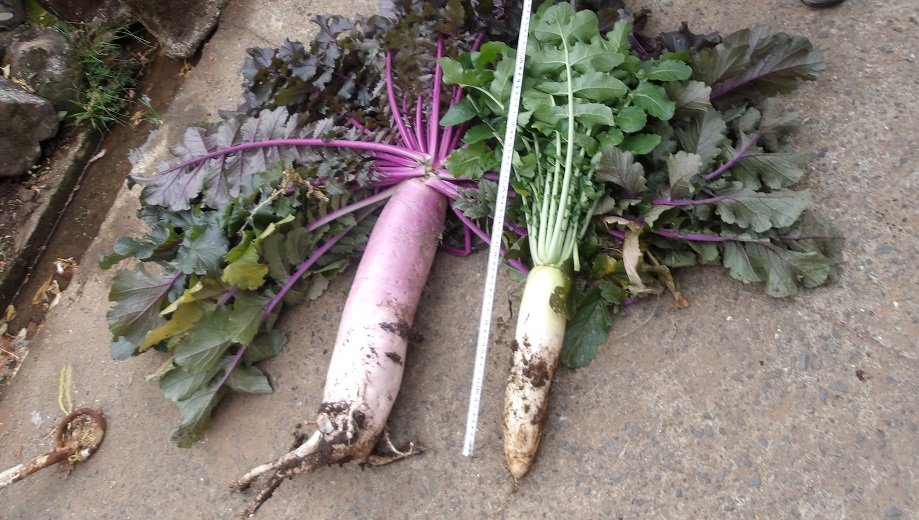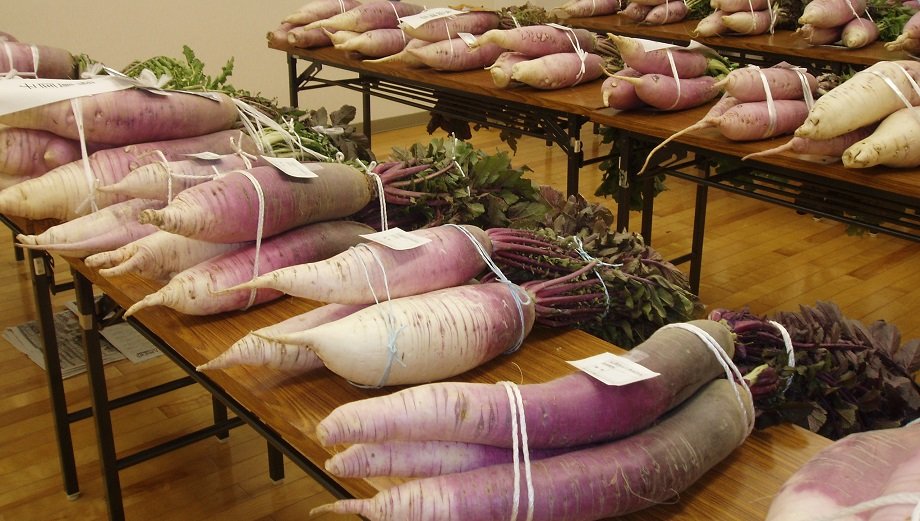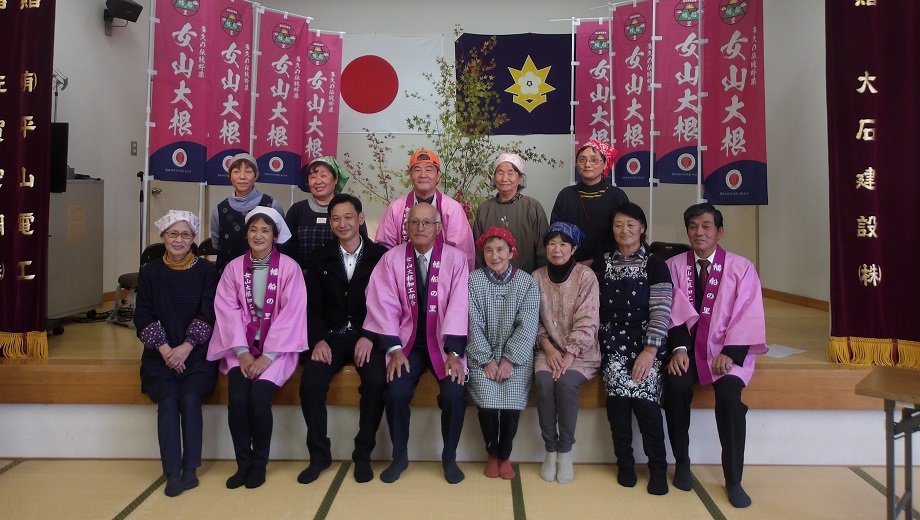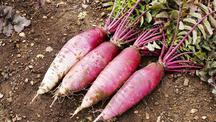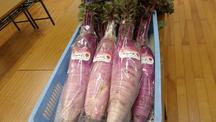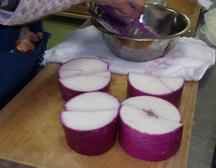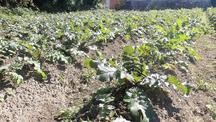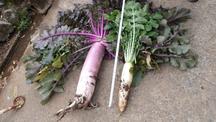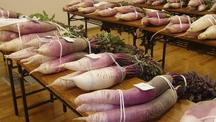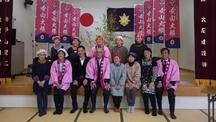Onnayama Daikon
| Registration Number | 121 |
|---|---|
| Name of the GI | Onnayama Daikon |
| Class | Vegetables/ Cereal grains/Pulses |
| Date of Protection | 2022/06/29 |
| Producing Area |
Saga Prefecture
Nishitakumachi, Taku City |
| Applicant - Name and Address | Bansen-no-Sato Unei Kyogikai 6157-4 Itaya, Nishitakumachi, Taku City, Saga Prefecture |
Producing Area
"Onnayama Daikon" is an akakubi daikon (a variety of Japanese radish) (1) endowed with a beautiful reddish-purple skin containing anthocyanins. It grows to 4-5kg and sometimes over 10kg. Characteristically, the flesh is dense and fine-grained and does not get pithy easily. It has higher sugar content compared to ordinary aokubi daikon (another variety of Japanese radish). Having the characteristic color and being free from breaking into pieces even when cooked long, it is prized as an ingredient in boiled dishes, soups, and dressed foods.
"Onnayama Daikon" is cultivated within the producing area using seeds of "Onnayama Daikon" that are collected and stored in the area. When the trait becomes unstable due to natural crossing, seeds are to be renewed using the original seeds kept at Agricultural Research Center, Saga Prefecture.
For shipping, it must fulfill the following standards: 1) weighing at least 2kg at harvest (including leaves), 2) reddish-purple skin on at least half or so of the root, 3) oblong cylindrical root shape, 4) no rotting and no cavity within the root, and 5) no injury or cracking that reaches the flesh. Those that satisfy standards 1) to 4) and have any injured flesh parts and/or broken surfaces removed can be shipped for processing.
The producing area is located in a basin surrounded by Mts. Hachimandake, Onnayama (Funayama) and Tokurendake. Headwaters of the Ushitsugawa River flow nearby, facilitating irrigation. The soil is basalt sediments, drains well, and is appropriate for growing Japanese radish, which is averse to damp soil.
"Onnayama Daikon" has been cultivated since the Edo period (2) and was an article for presentation to the lord of Saga Domain (3), the Nabeshima family. The name came from the "Onnayama" district, Nishitakumachi, where the radish has been cultivated.
There were times recently when "Onnayama Daikon" almost disappeared because its huge size did not match the market standards. Its cultivation barely continued for home consumption.
Starting from the latter half of the 1980s, people in the area have taken actions to restore the cultivation. After almost ten years of efforts entailing repeated breeding and selection, the original shape and form were successfully revived.
At the time of restoration, only two or three farms in the area produced not more than 1t of the radish. Today, as of 2020, about 10t are produced in around 30 farms.
Since 2007, the "Onnayama Daikon" Festival has been held to promote exchanges with consumers. A competitive contest was also restarted to further improve its quality. Its popularity is also gradually expanding among consumers outside the area.
- Akakubi daikon has a light reddish-purple root top, the part above the ground. It is characterized by being sweeter than Aokubi daikon, which is widely distributed in Japan.
- The Edo Period: 1603-1867. It is a period of Japanese history characterized by the establishment of a shogunate (feudal military government) in Edo (now Tokyo). Political administration under the Tokugawa clan began when Tokugawa Ieyasu became the era's first shogun.
- Saga Domain was an administrative division located in Saga District, Hizen Province (present part of Saga Prefecture), under the shogunate system, which was the controlling mechanism of Edo Period. A feudal lord, who was given the territory in the Edo Period, controlled the domain.
